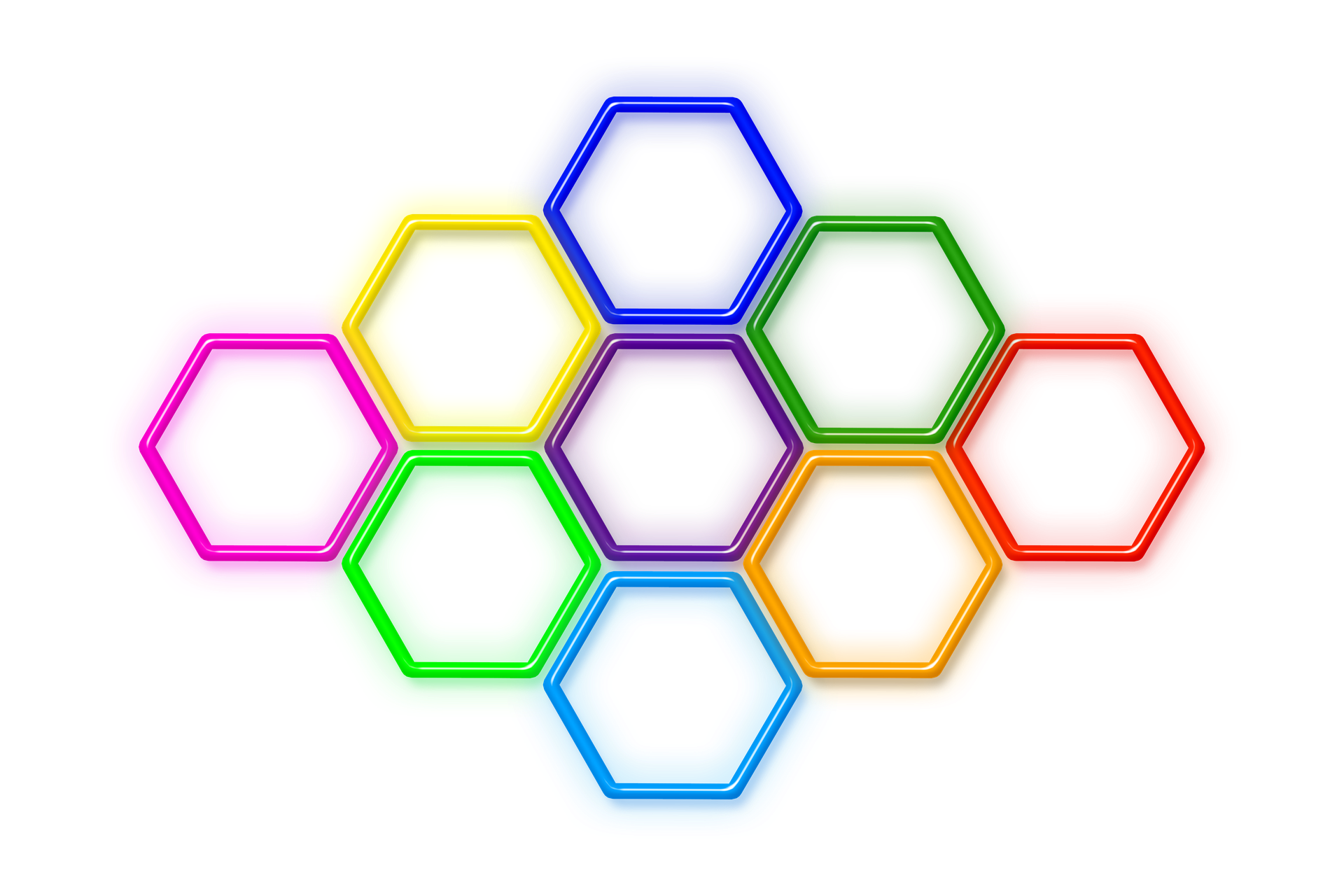Shaping the Future of Business Innovation
Several key emerging trends are shaping the future of business innovation. By staying informed about these trends and adapting their strategies, businesses can position themselves for success in the years to come. We asked Gemini to identify what it sees as the most significant trends:
1. Artificial Intelligence (AI)
- AI is rapidly transforming industries, automating tasks, and enhancing decision-making.
- Businesses are leveraging AI for various purposes, including customer service, product development, and process optimization.
- AI-powered tools and platforms are becoming more accessible, enabling businesses of all sizes to adopt AI solutions.
2. Sustainability and Eco-Friendly Practices
- Consumers are increasingly prioritizing sustainability, driving businesses to adopt eco-friendly practices.
- Companies are focusing on reducing their environmental footprint through initiatives like sustainable supply chains, waste reduction, and renewable energy.
- Innovation in sustainable technologies and solutions is crucial for businesses to meet the growing demand for environmentally responsible products and services.
3. Remote Work and Hybrid Offices
- The shift towards remote work and hybrid office models is reshaping the way businesses operate.
- Companies are investing in technologies and infrastructure to support remote collaboration and communication.
- This trend is driving innovation in areas like virtual meeting platforms, project management tools, and cybersecurity solutions.
4. Cybersecurity Measures
- With increasing reliance on digital technologies, cybersecurity is becoming a critical concern for businesses.
- Companies are investing in robust cybersecurity measures to protect their data and systems from cyber threats.
- Innovation in cybersecurity solutions is essential to stay ahead of evolving cyber risks and ensure business continuity.
5. Quantum Computing
- Quantum computing is an emerging technology with the potential to revolutionize various industries.
- It can solve complex problems that are currently beyond the capabilities of classical computers.
- Businesses are exploring the applications of quantum computing in areas like drug discovery, materials science, and financial modeling.
6. Metaverse
- The metaverse is a virtual world where people can interact, socialize, and engage in various activities.
- Businesses are exploring the potential of the metaverse for marketing, customer engagement, and creating immersive experiences.
- Innovation in virtual and augmented reality technologies is driving the development of the metaverse.
7. Blockchain Technology
- Blockchain is a decentralized and secure technology that enables transparent and tamper-proof transactions.
- It has applications in various industries, including finance, supply chain management, and healthcare.
- Businesses are exploring the use of blockchain to enhance security, efficiency, and trust in their operations.
8. 5G and Beyond
- The rollout of 5G networks and the development of 6G are ushering in a new era of connectivity.
- These technologies offer faster speeds, lower latency, and increased capacity, enabling new applications and services.
- Businesses are leveraging 5G and beyond to enhance their operations, improve customer experiences, and drive innovation.
9. Human-Centric AI
- As AI becomes more prevalent, there is a growing focus on developing AI systems that are human-centric.
- This involves ensuring that AI is used ethically, responsibly, and in a way that benefits humanity.
- Businesses are prioritizing fairness, transparency, and accountability in their AI development and deployment.
10. Hyper-Personalization
- Consumers are increasingly expecting personalized experiences from businesses.
- Companies are leveraging data and AI to understand customer preferences and tailor their products and services accordingly.
- Hyper-personalization is becoming a key differentiator for businesses in competitive markets.
AI’s Ascendance
Harsh Wardhan, Innovation Manager, Google, feels the future is already arriving, especially with the advancements being made in AI. That impact is already being felt across issues like workplace services and products, and using AI for efficiency and automation purposes.
Wardhan sees AI developing in a typical product cycle, with early adopters, leaders and laggards all in the mix as far as industries are concerned.
“AI has taken the center stage, and as much as I emphasize integrating AI into day-to-day operations, as well as integrating AI into their processes and methodologies, which I’m actively doing, I also put a caveat in there. It doesn’t mean that other areas of business innovation that have been helpful in the past should be put aside. That is the biggest concern I have right now when I see many businesses focused on implementing AI. I think there is a danger of ignoring the real user value that they could provide, with or without AI,” points out Wardhan.
While automating with AI is a quick win in today’s environment, he notes, every company is trying to create their AI models and all the other companies are trying to integrate AI.
“People are trying to upskill themselves,” he says. “Soon, what is going to happen is these areas will shape into a level playing field. There will be a time when everyone is equally skilled in AI tools, a little more, a little less. Just think of how the Internet disrupted how we live and how we work. Same thing will happen with AI. When that happens, when AI is leveled, it is democratized, then what will we have that is about adding value to the business? That is what business innovation will still be about. So we have to keep that in mind and not just go for quick wins.”
Sustainability as Strategy
Beyond quick wins, for Pete Dulcamara, founder and consultant for Pete Dulcamara & Associates, who is also widely known for his previous diverse research and development roles at Kimberly-Clark, in today’s environment it all comes down to human-centric innovation.
That’s not to say that AI is not a game-changer as he also sees, like Wardhan, how AI is rapidly transforming industries. “AI has not just changed the game; it has rewritten the rules. Organizations that embrace this transformation and align their mindset, culture, and environment with AI capabilities will lead the future of business innovation,” he says.
The mindset shift with AI should not be discounted or its value underestimated. “AI has shifted the innovation mindset from incremental improvements to transformative possibilities. Businesses are no longer constrained by traditional limits in data processing or decision-making. Instead, they are adopting an AI-first mindset, focusing on integrating AI across every aspect of their operations,” Dulcamara says.
That being said, from Dulcamara’s perspective he sees sustainability and the drive for human-centricity as key influencers of growth moving forward.
“Businesses are shifting from compliance-driven efforts to leveraging sustainability as a competitive advantage. Balancing short-term financial pressures with long-term ESG commitments is crucial. Those aligning innovation with sustainable practices stand to gain significant market differentiation,” says Dulcamara.
Next generation technologies will certainly play a key role in that growth over the next few decades, and that’s across the board from workplace services and digital transformation efforts to bigger picture themes of sustainability and clean energy.
Dulcamara notes, “Generative AI and quantum computing are emerging as transformative forces. Companies that experiment and scale these technologies strategically will gain first-mover advantages and shape industry standards.”
Fragmented economies may play a role in the future of business innovation as well. For instance, as Dulcamara points out, geopolitical shifts and supply chain disruptions are forcing businesses to rethink traditional innovation strategies. “Embracing localized, decentralized ecosystems can drive resilience and unlock diverse market opportunities,” he says.
“This is a pivotal moment for business innovation. Companies that address these challenges and leverage opportunities effectively can redefine their competitive positioning while creating meaningful, sustainable impact,” says Dulcamara. “The future promises a convergence of digital, sustainable, and workforce-centric trends, each driving new opportunities and challenges for businesses. Companies that invest in these areas with agility, purpose, and innovation will be best positioned to thrive in this evolving landscape.”
Video courtesy of London Business School







